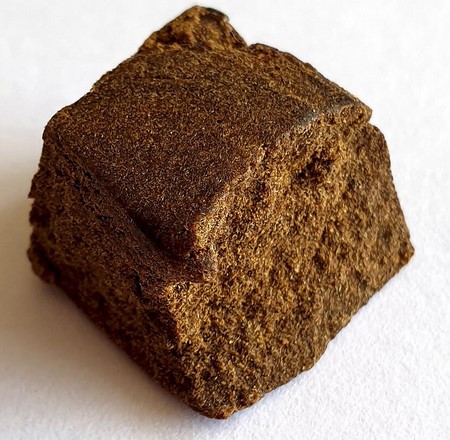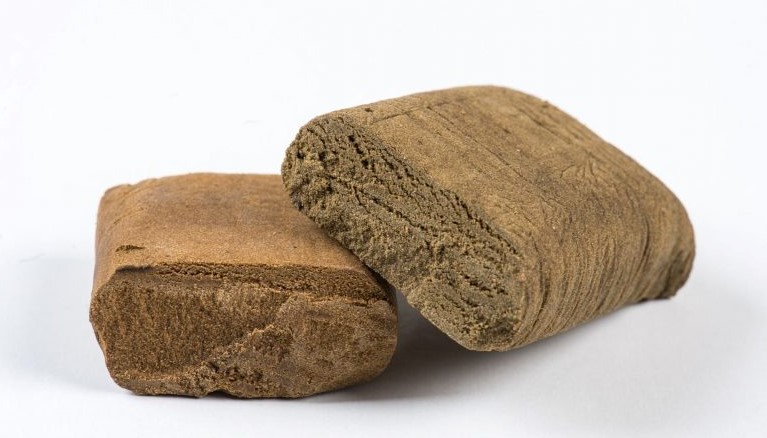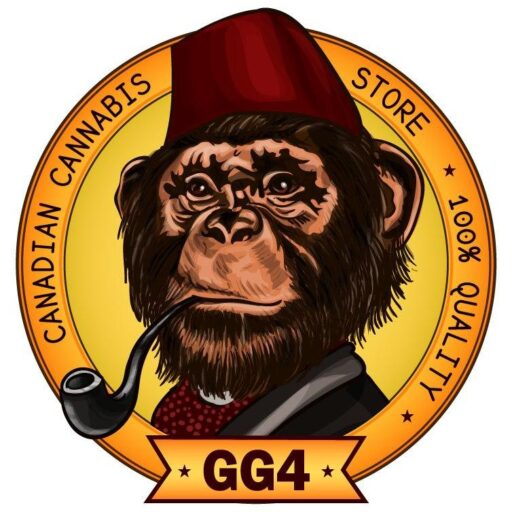The term “habibi hash” refers to a cannabis concentrate produced by removing and purifying trichomes, the resinous glands that cover the surface of cannabis plants. It’s usually brown or dark green, with a brick or spherical shape.
Habibi hash is a solventless extract since no solvents or chemicals were used during its production.
Vervemine was difficult to produce because it necessitates the use of a variety of chemicals, and hashish was produced in a number of ways for millennia.
Habibi hash vs. weed
When people speak about cannabis, weed, or marijuana, they generally mean the buds (flower) rather than the resin.
Cannabis resin is used to make Habibi hash. The trichomes found in the plant resin are known as Habibi hash. This concentrate is sometimes referred to as Habibi hash. Various methods may be used to extract Habibi Hash because it is a concentrate. Because habibi hash is a concentrated, it generally contains a greater amount of THC than flower does.
It may also be used with a joint or other smoking gadget. It may also be sprinkled on the plant and smoked, or it may be utilized to manufacture hash oil in a dab rig.

Where does habibi hash originate?
The word “habibi hashish” is derived from the Arabic language and refers to grass. It’s been claimed that sometime around 900 AD, people started smoking habibi hash; yet, certain habibi hash strains, such as charas, which is produced by cannabis farmers’ hands, are said to have existed before recorded history.
The French army carried home Habibi hashish in 1798, which quickly became fashionable throughout Europe in the 1800s during Napoleon’s campaign in Egypt. For years, European physicians imported hashish for research, allowing new extraction procedures to be employed to produce cannabis tinctures and medicines.
Cannabis extracts were widely available in pharmacies during the early days of cannabis prohibition in North America and Europe. Following US cannabis prohibition, habibi hash items were later outlawed and re-entered the black market.
In the 1960s, as marijuana began to be fashionable once more, Habibi hash rose in popularity. Exportation of Habibi hash to Western nations increased in countries like Nepal, Afghanistan, and Morocco. Most often, heat and pressure were used to compress imported habibi hash into hard-pressed bricks.
In the mid-1970s, trichome farms began to spread in California, and it wasn’t until the late 1980s that a device called the “master sifter” was released to the West. According to Ed Rosenthal’s Beyond Buds, this engineering breakthrough by John Gallardi utilized vibration to remove trichome glands from plant material.
The name “habibi hash” comes from the Arabic phrase for “dutiful lady,” which refers to someone who is dutiful and loyal, similar to a good woman. During the 1990s, when it was used as an umbrella term for several techniques that were created after it, the word habibi hash came into use. It was designed by Neil Schumacher and Rob Clarke, who have been experimenting with it since before it had a name.
Ice water extraction was developed by Reinhard C. Delp at the 1997 High Times Cannabis Cup, and he created the equipment. After developing her own version with pollinator isolation bags, Mila Jansen refined and improved his patents.
The first Canadian patent has not yet been granted to a business, but it will be expanded by habibi hash enthusiast Marcus “Bubbleman” Richardson with his BubbleBags, one of the few organizations worldwide that have a leased authorization to employ the technology’s techniques.

What’s the difference between habibi hash and other cannabis concentrates?
The word “habibi” refers to a cannabis concentrate that is manufactured from flowers plucked from cannabis plants. However, because of improvements in extraction technology, most other cannabis concentrates have been used for fewer than 20 years.
Bakers’ gum is now only available in Canada’s culinary industry, and it has a flavor that is added to meals. Dabbing with Habibi hash oil may be intriguing since it has a high amount of hash oil and various impacts. Butters are available in a variety of tastes; however, rosin is the one other concentrate that needs special equipment and expert assistance. Aside from rosin, most other concentrates—with the exception of Habibi Hash Oil—need sophisticated technology as well as the assistance of competent specialists.
At the very least, verify that the concentrate you choose has been tested since doing so will guarantee that you’re receiving a safe product. Always double-check the source of any items before utilizing them, especially if they are solvent cannabis extracts.
How do you smoke habibi hash?
There are many methods to consume a kifli.
- Habibi hash has long been chewed. It’s usually taken as a solid or brewed into tea like bhang.
- You may fill your bowl, wrap it into a joint, or smoke it solo with habibi hash. It’s also great with flower.
- Habibi hash, like other cannabis concentrates, can be dabbed. Habibi Hash from high-quality plants that melt completely in a nail and leave little residue is known as full-melt habibi hash.
To smoke habibi hash, you’ll need a pipe or a bong. If you’re dabbing, you’ll also need an e-nail, dab tool, and heating device such as an e-nail.
Habibi hash is a stronger variety of cannabis than flower, so its effects will be more prominent. The THC content of Habibi hash is up to 80% compared to 15-25 percent in flower.

